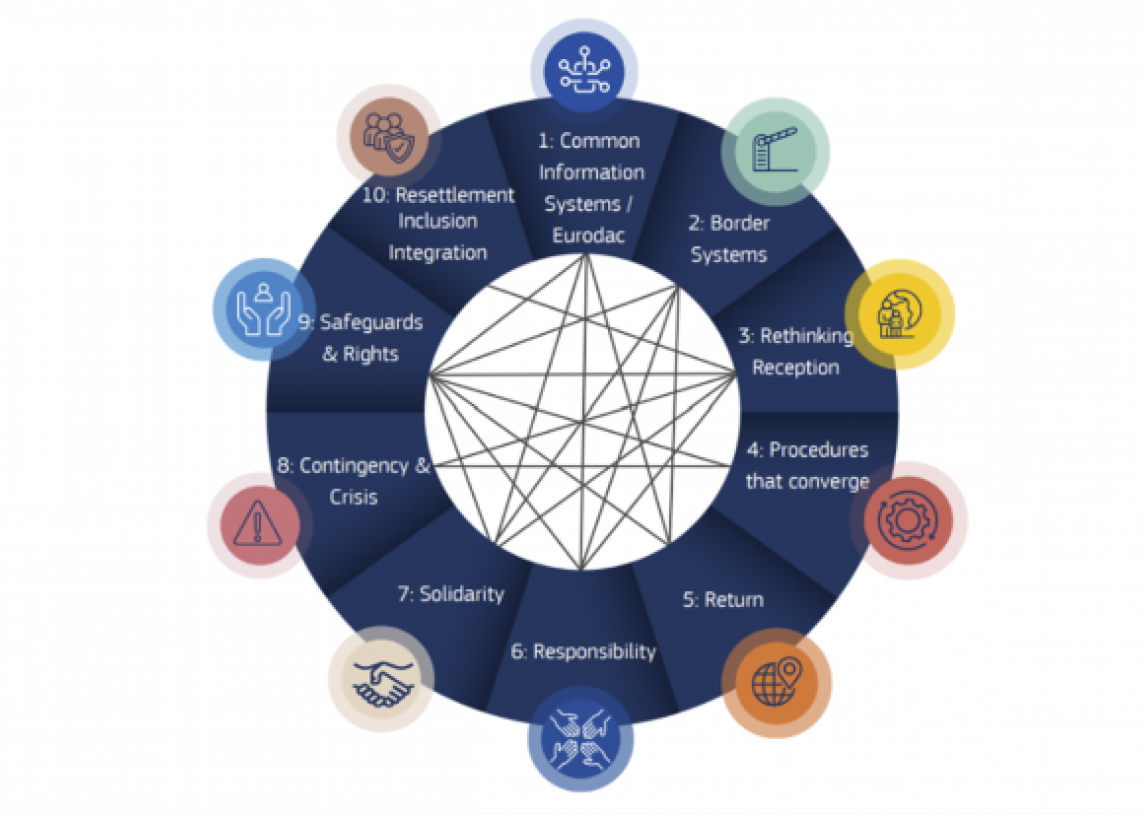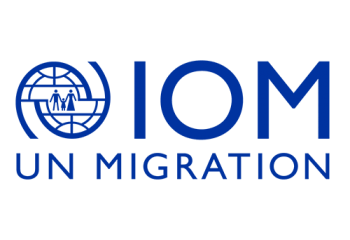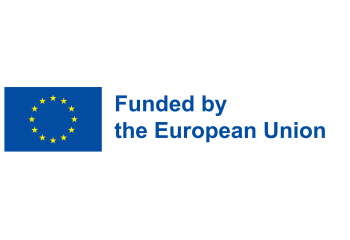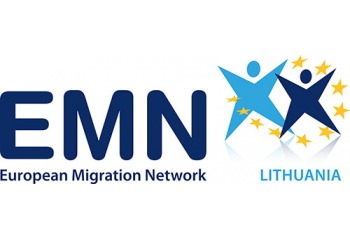News
What do you need to know about the new Migration and Asylum Pact?
After eight years of negotiations with the European Union (EU) Member States, in May 2024, the Council of the EU adopted a reform of Europe's asylum and migration system - the Migration and Asylum Pact.
“The agreement on the pact is historic. We finally have a comprehensive European approach on migration”, - states Ylva Johansson, Commissioner for Home Affairs, European Commission.
The Pact aims to strengthen the EU’s migration and asylum system and manage migration in the longer term, providing Member States with more flexibility in tackling migration challenges.
What does the Pact consist of?
The Pact consists of the following key regulations: the Regulation on Asylum and Migration Management, the Screening Regulation, the Eurodac Regulation, the Asylum Procedure Regulation, and the Crisis and force majeure Regulation. These regulations establish rules within the EU to ensure the effectiveness of the new system.
Considering that Member States at the EU’s external borders face the challenge of managing larger migrant and refugee flows, the Asylum and Migration Management Regulation includes a solidarity mechanism that obligates EU countries to contribute through relocations, financial assistance, or alternative solidarity measures. For example, under this Regulation, Lithuania will be able to choose between accepting 158 migrants or paying €3.16 million each year.
The Screening Regulation ensures that migrants irregularly crossing the EU's external borders are subjected to health, identity and security checks. Checks at external borders will be carried out within 7 days, while those detained on the territory will be checked within 3 days.
Under the Eurodac Regulation, the biometric data collected during the screening of an asylum seeker or irregular migrant arriving in the EU will be stored in the Eurodac database. Additionally, the system will be able to record data on the threat to national security posed by the arrival.
The Asylum Procedure Regulation establishes a 12-week border asylum procedure for cases where an applicant intentionally misleads the authorities or intentionally destroys an identity document. This is also the case if the person poses a threat to national security or public order.
In the context of possible large-scale migrant and refugee flows, such as in 2015-2016, or force majeure situations, such as the COVID-19 pandemic, the Crisis and force majeure Regulation allows Member States to derogate from EU legal standards to deal with crisis situations by applying more robust measures.
How will the EU countries implement the Pact?
The Common Implementation Plan, presented at the European Migration Network (EMN) conference in Belgium, serves as a framework for the National Implementation Plans which Member States must adopt by the end of 2024.
To facilitate the practical implementation of the Pact, the plan is divided into 10 building blocks that will help Member States to concentrate their resources on the essential aspects needed to make the new migration system work.
Lithuania set up a working group to assess the capacities, gaps and needs of Lithuania’s migration and asylum management system and prepare a National Plan to implement the Pact. The working group consists of representatives from 12 institutions and is chaired by the Deputy Minister of the Interior of the Republic of Lithuania, A. Abramavičius.
Safeguarding of human rights
To safeguard human rights, the implementation of the provisions of the Pact emphasizes the protection of the rights of asylum seekers, particularly of vulnerable groups such as minors and families with children.
The right to information of applicants for international protection is strengthened to ensure that applicants are informed of their rights and obligations in a timely manner.
Applicants for international protection are entitled to receive free legal counselling. They will also continue to have the right to legal assistance and representation in case of an appeal.
A representative will be appointed urgently for all unaccompanied minors to ensure that the best interests of the child are addressed. It should be noted that, in order to prevent cases of disappearance, children from the age of six are subject to a fingerprinting procedure. Stricter safeguards are also introduced to ensure alternatives to detention.
An independent fundamental rights monitoring mechanism will need to be established by Member States to monitor the enforcement of fundamental rights during the screening and asylum border procedures.
“We are much, much stronger, when it comes to migration and asylum, both in protecting our borders and better protecting the fundamental rights of asylum seekers and the vulnerable ones”, - says Ylva Johansson.
The Migration and Asylum Pact regulations entered into force in June 2024, but will be enforced after a 2-year transitional period in June 2026.



